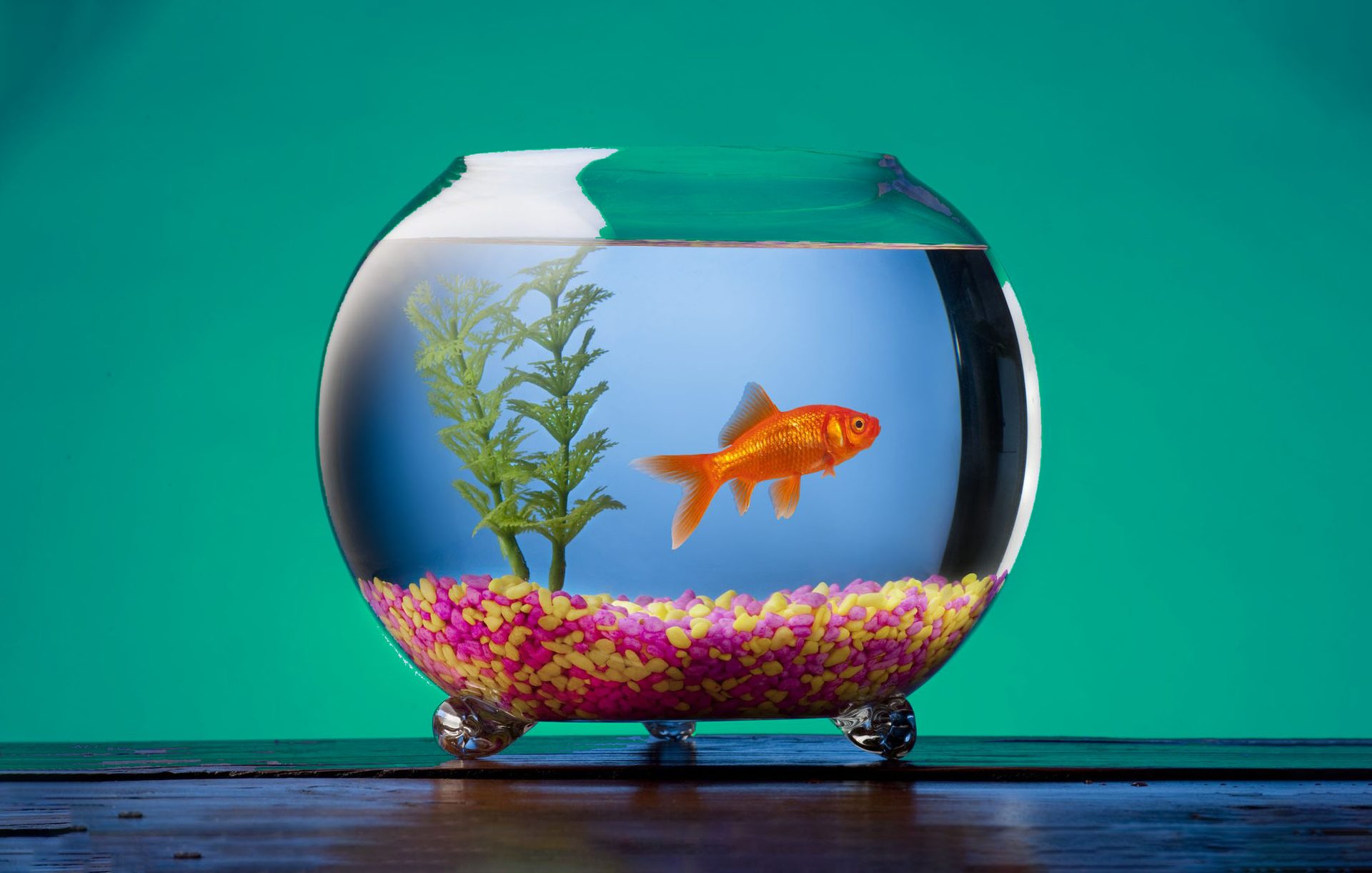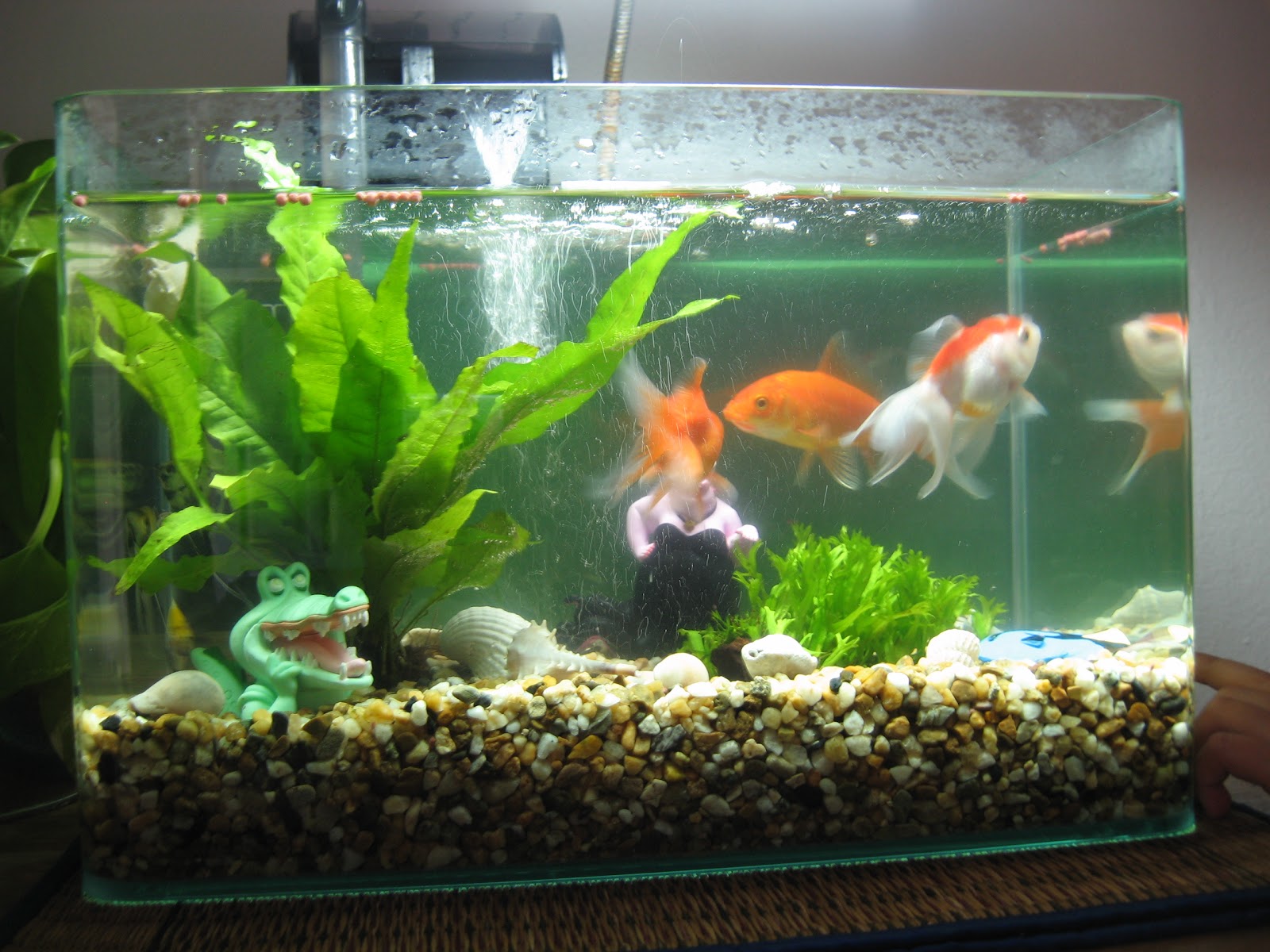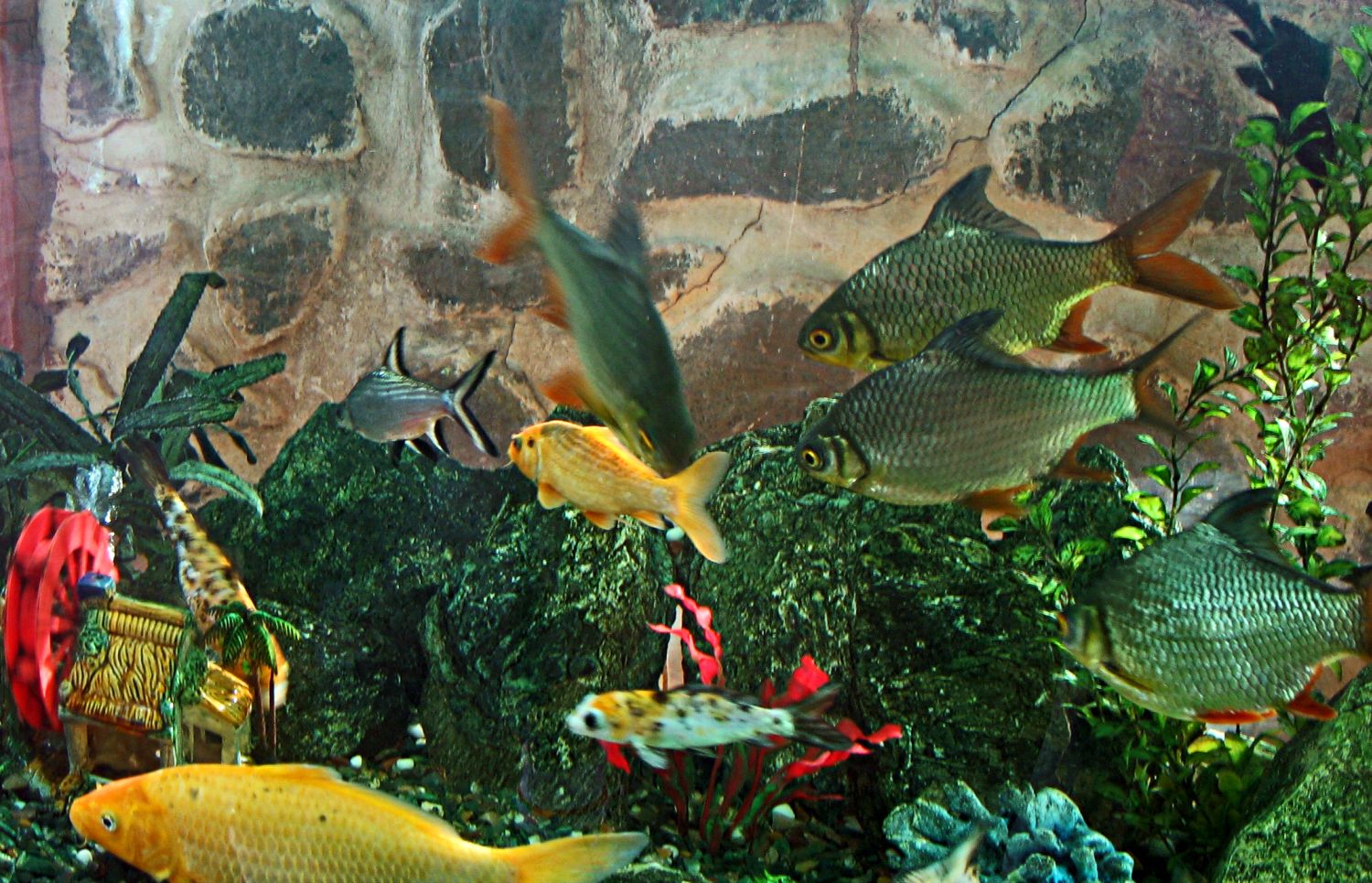
Introduction
A fish tank, also known as an aquarium, is a transparent container used to house aquatic organisms. It provides a controlled environment where fish and other aquatic creatures can thrive. Fish tanks are not only visually appealing but also offer several benefits for both the animals living in them and the people who care for them.

Choosing the Right Fish Tank
When selecting a fish tank, there are a few key factors to consider. Firstly, determine the size of the tank based on the number and size of fish you plan to keep. It's crucial to provide enough space for the fish to swim freely. Additionally, think about the tank's material ??? glass or acrylic ??? and its durability. Finally, consider the tank's shape and design, ensuring it fits well with your home or office decor.

Setting Up the Fish Tank
Before introducing any fish to the tank, it's important to set it up properly. Start by rinsing the tank with clean water to remove any dust or debris. Then, add a layer of substrate, such as gravel or sand, to the bottom of the tank. Next, carefully fill the tank with water, treating it with a dechlorinator to remove harmful chemicals. Install a filter and heater to maintain water quality and temperature. Finally, decorate the tank with plants, rocks, and other ornaments to create a natural and stimulating environment for the fish.

Types of Fish for Your Tank
Choosing the right fish for your tank depends on several factors, including tank size, water conditions, and compatibility. Some popular fish for beginner tanks include guppies, mollies, and tetras, as they are hardy and adaptable. It's essential to research each species' specific needs, including their dietary requirements and social behavior, to ensure they can thrive in the tank. Additionally, consider the number of fish you plan to keep, as overcrowding can lead to stress and health issues.

Feeding and Maintenance
Proper feeding and maintenance are crucial for the health and well-being of the fish in your tank. Different fish species have varying dietary needs, so research their specific requirements. Most fish are fed a combination of dry flakes or pellets and occasional live or frozen foods. It's important not to overfeed the fish, as uneaten food can lead to water quality issues. Regular maintenance tasks include partial water changes, filter cleaning, and monitoring water parameters such as temperature, pH, and ammonia levels.

Aquarium Plants
Aquarium plants not only enhance the visual appeal of the fish tank but also offer numerous benefits. They provide hiding places for fish, help maintain water quality by absorbing nitrates, and produce oxygen through photosynthesis. When choosing aquarium plants, consider their compatibility with the fish species and their lighting and nutrient requirements. Some popular aquarium plants include Java fern, Amazon sword, and Anubias.

Aquarium Decorations
Aquarium decorations play a vital role in creating a natural and stimulating environment for the fish. They can include rocks, driftwood, caves, and artificial structures. These decorations provide hiding spots for shy fish and create territories for more aggressive species. Additionally, they contribute to the overall aesthetic appeal of the tank. Ensure that any decorations you choose are aquarium-safe and do not release harmful substances into the water.

Maintaining Water Quality
Water quality is essential for the health and longevity of the fish in your tank. Regular water testing can help you monitor parameters such as pH, ammonia, nitrite, and nitrate levels. If any of these parameters are out of range, appropriate measures should be taken to correct them. Partial water changes, using a siphon to remove debris from the substrate, and regularly cleaning the filter are all important maintenance tasks to maintain optimal water quality.

Common Fish Tank Problems
Despite proper care, fish tanks can encounter various issues. Some common problems include algae overgrowth, which can be controlled by reducing light exposure and maintaining proper nutrient levels. Fish diseases, such as fin rot or ich, can be treated with appropriate medications or by quarantining affected fish. Occasionally, fish may exhibit aggressive behavior towards each other, requiring the rearrangement of decorations or the removal of aggressive individuals. Regular observation and prompt action can help resolve these issues.

Benefits of Owning a Fish Tank
Owning a fish tank offers numerous benefits beyond the aesthetic appeal. Watching fish swim in the tank has a calming effect and can help reduce stress and anxiety. Children can learn about responsibility and nurturing by caring for fish. Fish tanks also serve as educational tools, allowing individuals to observe aquatic life and learn about ecosystems. Additionally, fish tanks can act as a beautiful centerpiece in any room, adding a touch of nature and tranquility.
Conclusion
A fish tank is not just a container for aquatic life; it is a captivating and rewarding hobby. By choosing the right tank, setting it up properly, and providing appropriate care, you can create a thriving aquatic environment. The benefits of owning a fish tank extend beyond the visual appeal, offering stress relief, educational opportunities, and a connection with nature. Start your own fish tank today and embark on a journey of discovery and tranquility.